Derived from its namesake tree of origin, theobroma cacao, cacao, the main ingredient in chocolate, is historically known as the “food of the gods,” a Food Find for the ages.
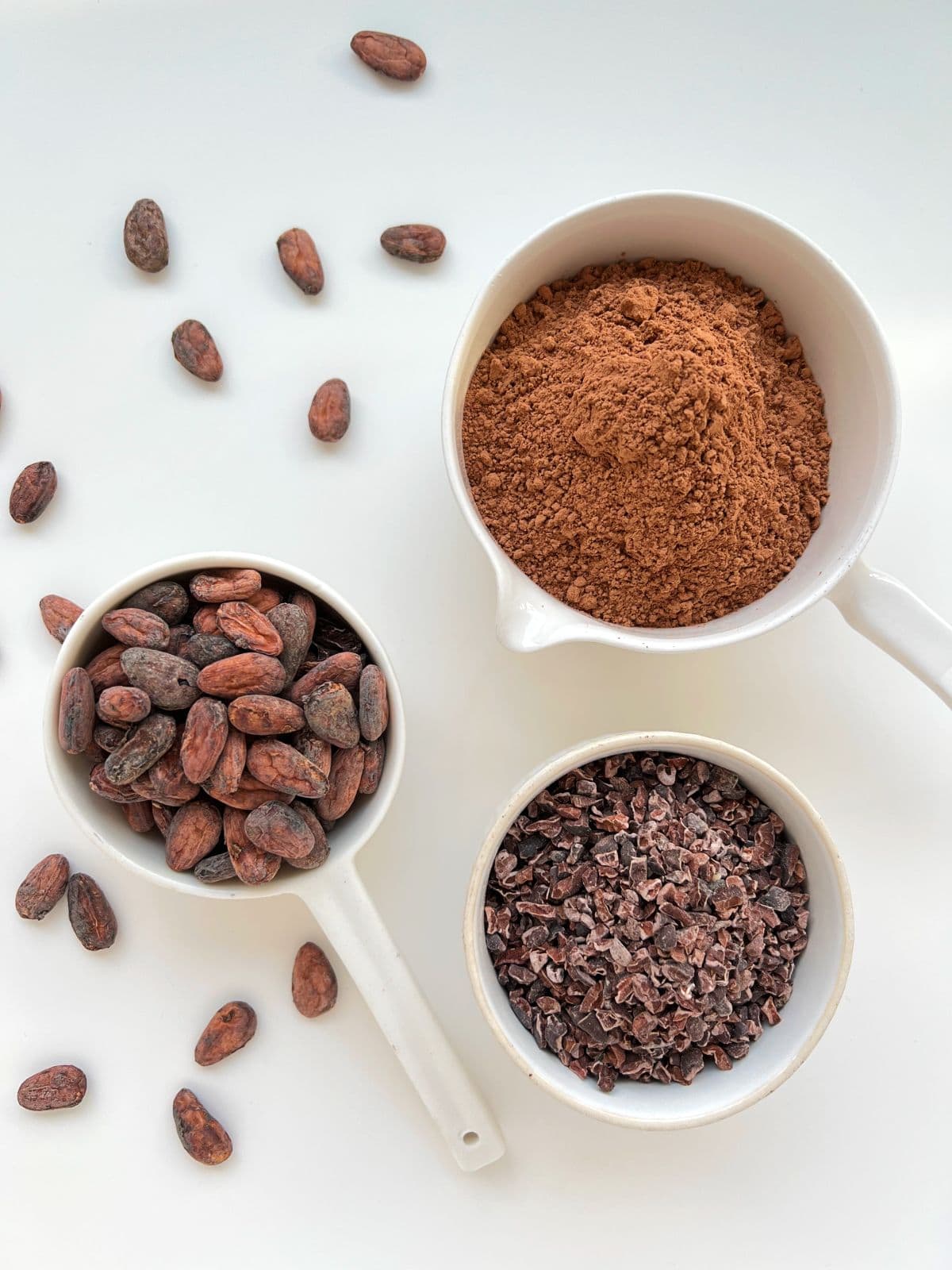
Three different preparations of cacao: raw cacao powder (top right), cacao nibs (bottom right), and whole cacao beans (left).
Jump to:
Origins of cacao
Revered by multiple civilizations across the Americas and beyond since the time of the Olmecs over 3000 years ago, cacao has been credited as having magical, divine, health giving, and aphrodisiac properties. Used in religious rites, ceremonial activities, and as currency, cacao was long a foodstuff of the elites, a luxurious ingredient reflecting social status.
Spanish conquerors brought “drinking chocolate” from the Americas to Europe in the 16th century, but it wasn’t until the 18th century that chocolate as we now know it became commonplace. The manufacturing processes of the industrial revolution led to the creation of cocoa powder, and then the chocolate bar, allowing cacao based products to be mass produced for the enjoyment of the everyday consumer.
An excellent read on the history and culinary uses of cacao can be found in a chapter of the same name in the informative and enjoyable book “The Seven Culinary Wonders of the World: A History of Honey, Salt, Chile, Pork, Rice, Cacao, and Tomato” by author Jenny Linford.
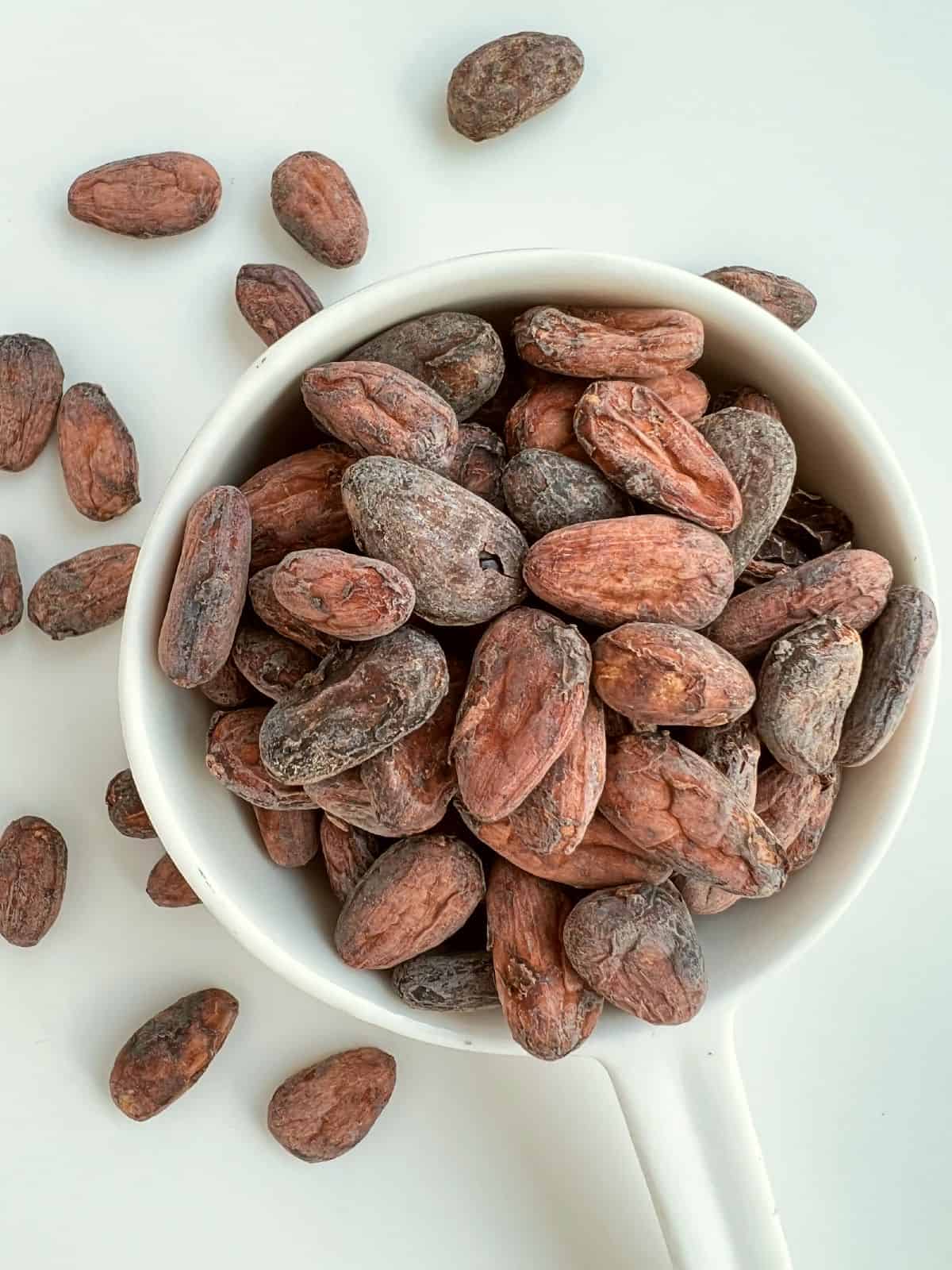
The difference between cocoa and cacao
While cocoa, such as the cocoa powder called for in hot chocolate or baking recipes, is likely the most ubiquitous form used in home kitchens apart from chocolate itself, less processed cacao products are increasingly available for enjoyment in the kitchen.
Cacao powder is made from cold-pressing raw cacao beans and is said to retain more nutrients, minerals and antioxidants than processed cocoa powder, which is roasted as part of its production process.
In general, cacao products, such as whole beans, nibs, or powder, are considered “raw” foods, and are not roasted or otherwise adulterated, but rather sun dried and fermented (unless otherwise noted). Cacao products can also be found in roasted form; the raw or roasted status of the product is usually noted by vendors or on packaging.
Cacao products such as whole beans, nibs, or powder have an intense dark chocolate flavour, more intense than cocoa, with strong bitter, winey, fruity, earthy, and powerful chocolate notes. Unsweetened cocoa powder can be swapped out 1:1 for cacao powder in many recipes that call for natural (non-alkalized) cocoa powder and anywhere you desire a deeper, earthier, and more fragrant taste profile.
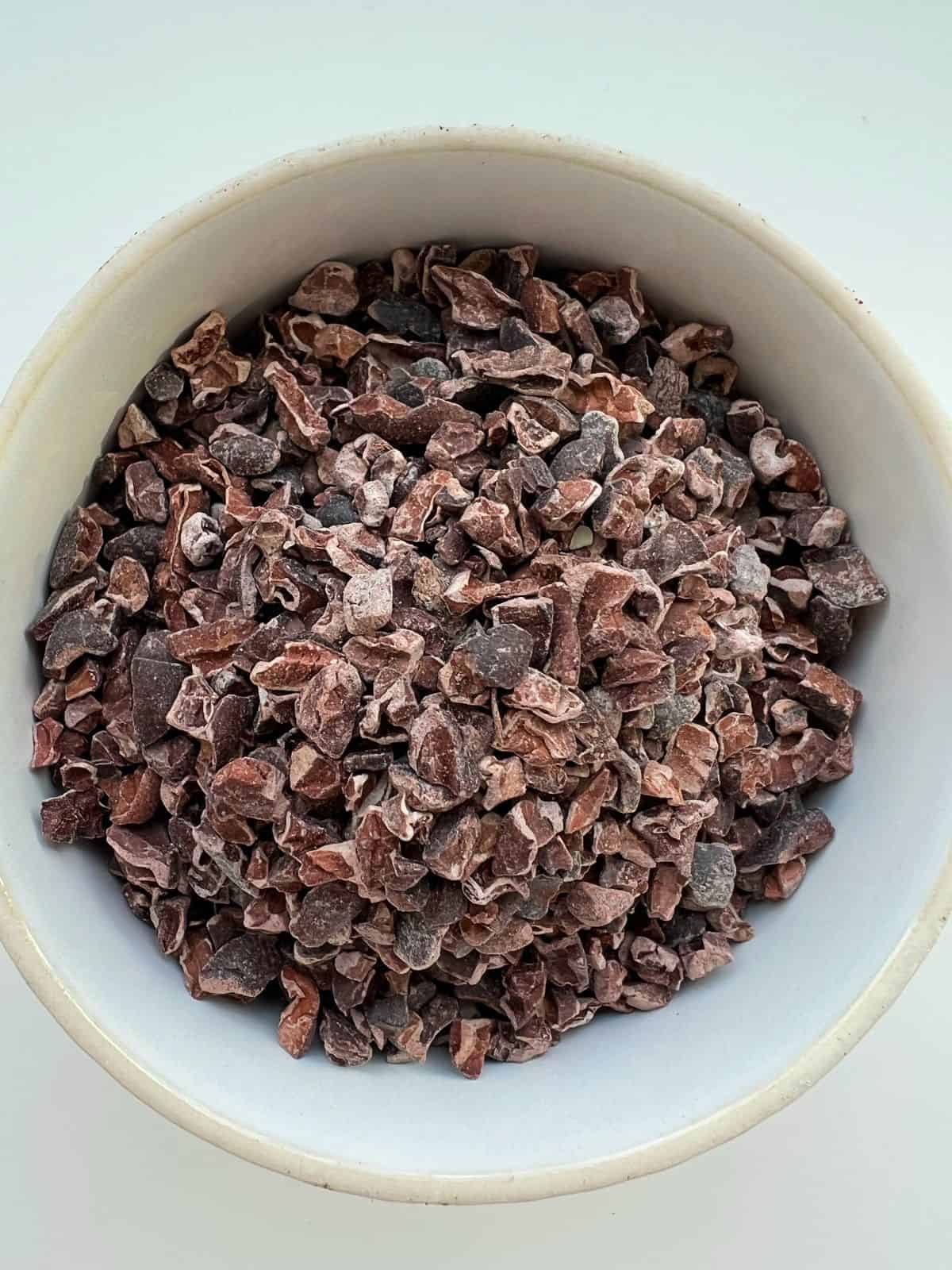
Where to find cacao products
Cacao products, both raw and roasted, are increasingly available, and can be found in well stocked grocery stores, health food stores, bulk food stores, gourmet retailers, as well as at many artisanal “bean to bar” chocolate makers or fair trade chocolate vendors. I am especially fond of the whole beans and nibs from this fair-trade artisanal Toronto vendor, and this socially just artisanal vendor that also stocks the exquisitely delicious and rare albino “Jaguar” cacao beans and chocolate.

How to use cacao products
Cacao beans and nibs are the least minimally processed form of cacao, and if raw, can be roasted if desired to increase nutty flavour notes and decrease bitterness. The beans have an outer hull that needs to be removed, and once removed, the hulls can be steeped with hot water to make a cacao tea, and the nibs used for a variety of delicious culinary uses.
Cacao nibs, either roasted or raw, have a crunchy texture and an intense dark chocolate flavour. The nibs can be chopped or crushed and eaten alone or used in cooking, or if you are up to the challenge, ground into a paste, also known as cocoa liquor, which can be blended with many other flavourings for sweet or savoury uses.
Cacao nibs can be added to baking recipes, oatmeal, trail mixes, used as a topping for sweet desserts and açai bowls, used to top savoury food such as goat cheese or ricotta, or blended into mole or bbq sauces.
A great place to start
Cacao powder makes a velvety, toasty, chocolatey, and satisfying brew when used in my Hot Malted Cacao, and can be used in place of cocoa powder in smoothies, energy balls, chia puddings, and various hot drinks, amongst many other uses.
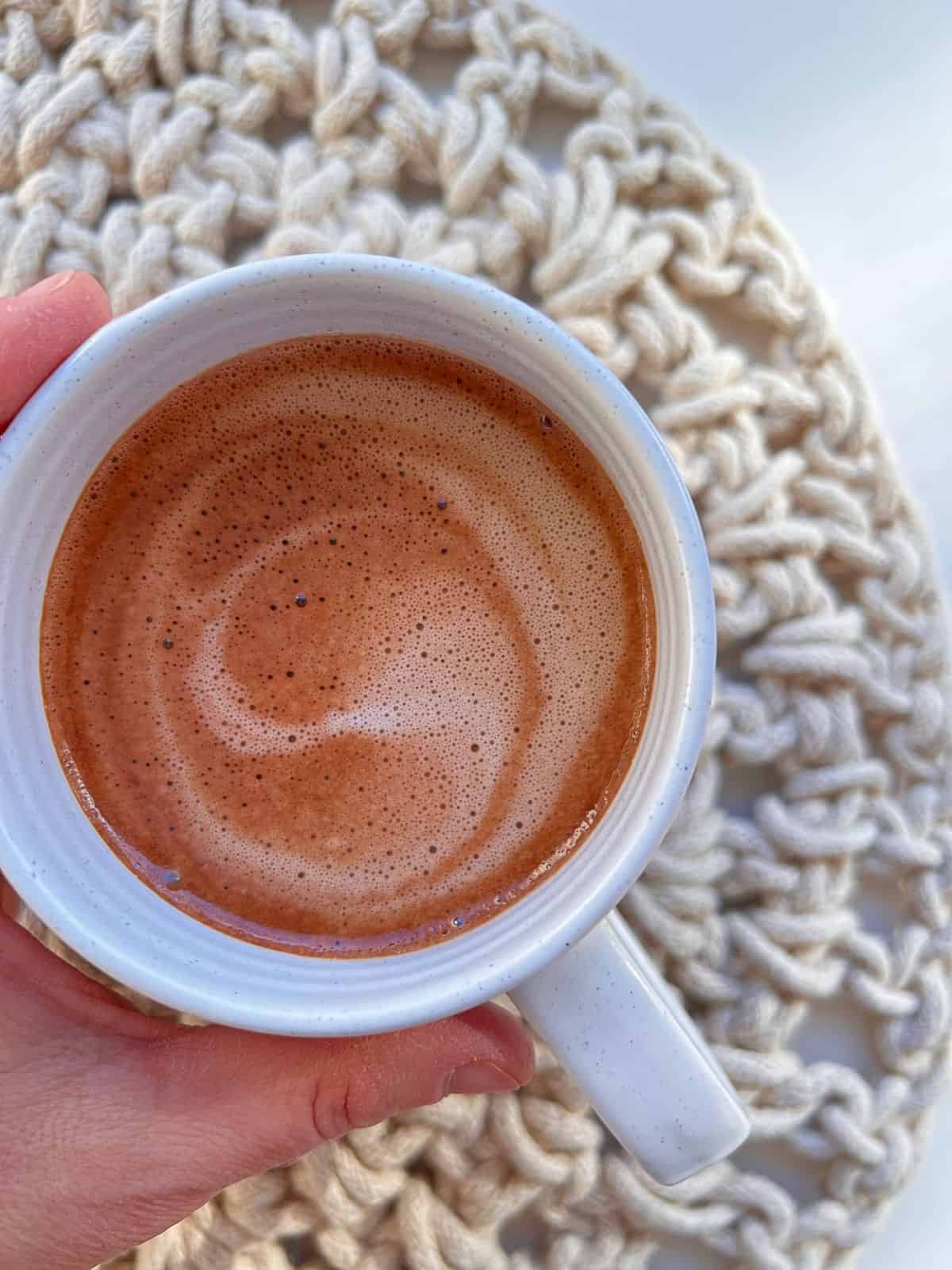

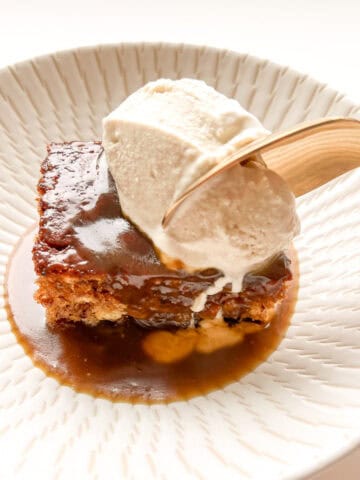




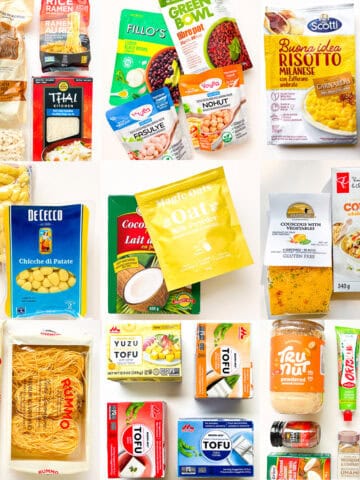
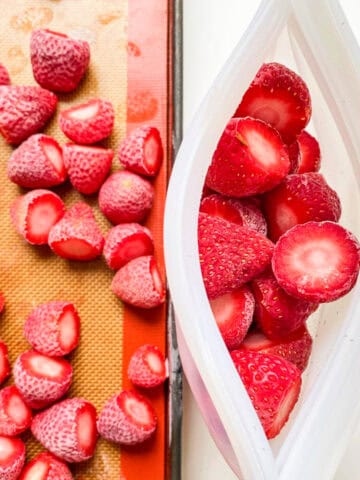

Leave a Reply